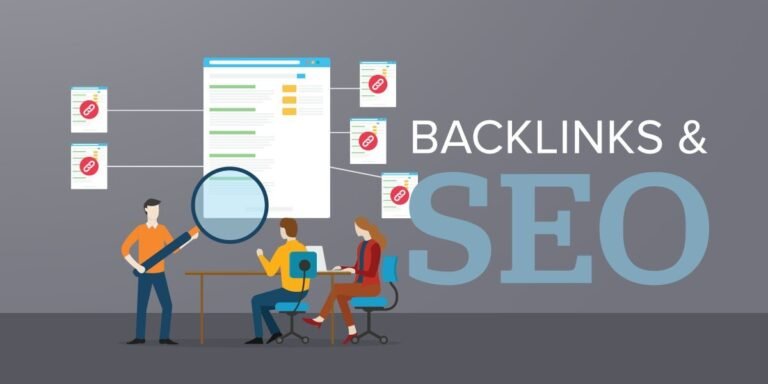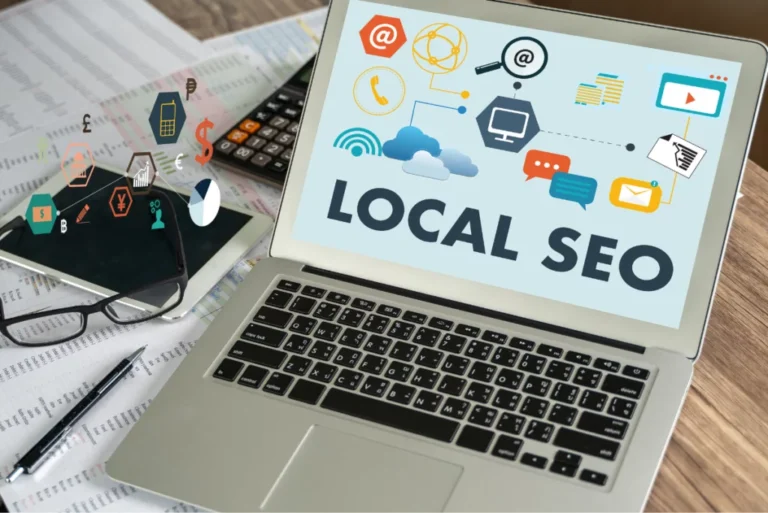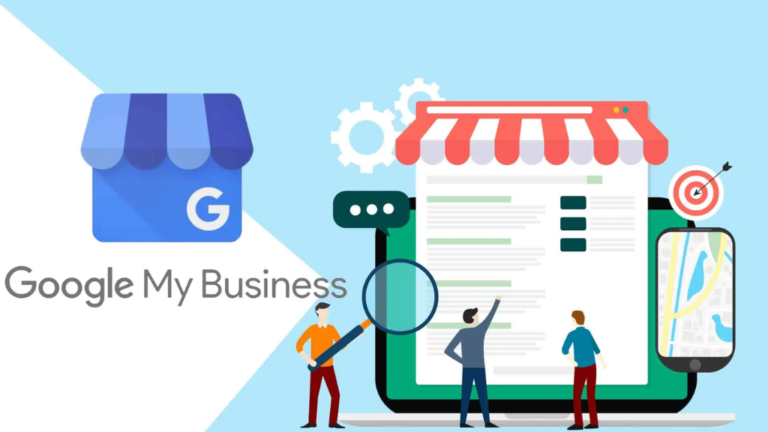On-Page SEO Case Studies: What Works and What Doesn’t
As a local Sacramento marketing agency, Social Peak Media has helped numerous small businesses navigate the often complex world of digital marketing. One area where we’ve seen the most impact is in on-page SEO. It’s not just about tweaking a few keywords; it’s about crafting a holistic approach that aligns with both user experience and search engine algorithms.
In this article, we’ll dive deep into on-page SEO case studies, highlighting what works and what doesn’t. We’ll share real-world examples, including both triumphs and setbacks, to help you understand how these strategies can make or break your online presence. By the end, you’ll have a clear idea of how to implement successful on-page SEO tactics that drive long-term results.
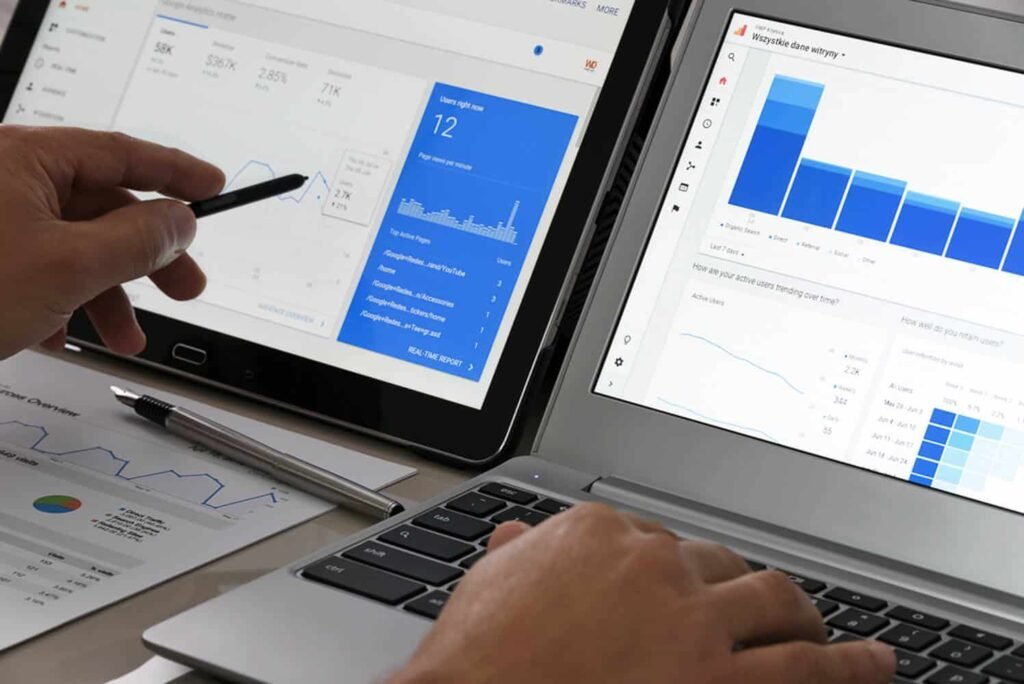
Successful On-Page SEO Strategies from Top Brands
When it comes to on-page SEO, big brands have the resources to experiment and perfect their strategies. However, many of these tactics are easily replicable for smaller businesses. Let’s take a look at some successful strategies that you can learn from.
1. Optimized Content Structure
One of the most effective on-page SEO strategies is creating a well-structured content layout. Companies like HubSpot excel at this by using clear headings, subheadings, and bullet points to break down complex information. This not only improves readability but also helps search engines understand the content’s structure, boosting rankings.
2. Targeted Keyword Placement
Top brands are meticulous about keyword placement. They don’t just stuff keywords into their content; they weave them naturally into titles, headers, and throughout the body. For example, Moz consistently ranks high because they place focus keywords in the most effective areas—such as in the first 100 words of the content and within subheadings—without compromising the flow of the text.
3. Internal Linking for Authority Building
Internal linking is a powerful yet often overlooked on-page SEO tactic. Brands like Amazon leverage internal links to guide users through their site while also passing SEO value from one page to another. By strategically linking related content, they create a web of authority that helps each page rank higher.
4. Mobile Optimization and Page Speed
With more than half of all web traffic coming from mobile devices, it’s no surprise that Google prioritizes mobile-friendly sites in their rankings. Brands like Apple and Nike invest heavily in mobile optimization and fast loading times, ensuring that their websites perform flawlessly on all devices. This has a significant impact on their SEO rankings, as page speed and mobile responsiveness are critical ranking factors.
5. User Experience (UX) Focus
Google’s algorithm increasingly favors websites that offer an excellent user experience. This includes everything from easy navigation to a clean design. Shopify, for instance, provides an intuitive user interface that keeps visitors engaged. Their focus on UX not only increases user satisfaction but also reduces bounce rates, which is a key on-page SEO metric.
Lessons from On-Page SEO Failures
Even top brands make mistakes, and when it comes to on-page SEO, these errors can be costly. Learning from these failures can save you from making the same mistakes.

1. Over-Optimization: The Pitfall of Keyword Stuffing
One common mistake is over-optimizing content by stuffing too many keywords into a page. A few years ago, a popular online retailer experienced a significant drop in their rankings after an update to Google’s algorithm. The culprit? Keyword stuffing. They had used the target keyword excessively, leading to a poor user experience. The lesson here is clear: prioritize quality over quantity when it comes to keyword usage.
2. Ignoring Technical SEO Elements
A major news site once saw a sharp decline in traffic after they launched a new site design. The reason? They ignored key technical SEO elements like proper URL structure, meta tags, and XML sitemaps. Without these critical elements, search engines struggled to crawl and index their pages, leading to a drop in rankings. This case underscores the importance of balancing aesthetics with technical SEO considerations.
3. Neglecting Content Freshness
Another lesson comes from a well-known financial blog that relied too heavily on outdated content. While their articles were once top-ranking, they failed to update them regularly. Over time, newer and more relevant content from competitors outranked them. This emphasizes the need for continuous content updates to maintain relevance in search results.
4. Poor Mobile Experience
A national chain of restaurants learned the hard way that a poor mobile experience can severely impact SEO. Despite having great content and strong desktop performance, their mobile site was slow and difficult to navigate. As a result, their rankings plummeted, especially on mobile search results. Ensuring that your site is optimized for mobile is no longer optional; it’s a necessity.
5. Focusing Solely on Rankings, Not Conversions
Lastly, one brand focused so much on climbing the search rankings that they neglected the user journey. While they managed to rank high for several competitive keywords, their conversions were dismal. The reason? They hadn’t optimized their pages for user intent, leading to high bounce rates and low engagement. This serves as a reminder that SEO is not just about getting traffic; it’s about converting that traffic into customers.
How Small Changes in On-Page SEO Led to Big Gains
Sometimes, small tweaks can lead to significant results. We’ve seen this firsthand with our clients at Social Peak Media. Here are a few examples of minor on-page SEO changes that had a major impact.
1. Refining Meta Descriptions and Title Tags
One of our clients, a local Sacramento bakery, saw a 20% increase in organic traffic by simply refining their meta descriptions and title tags. We focused on making these elements more engaging and keyword-rich while ensuring they accurately reflected the content of each page. This small change helped improve their click-through rates and, subsequently, their rankings.
2. Improving Image Alt Text
For another client, a regional home improvement company, we optimized all image alt texts with descriptive and keyword-relevant phrases. This not only helped their images rank in Google’s image search but also improved the overall SEO of their site, leading to a 15% boost in organic traffic within a few months.
3. Simplifying URL Structures
A local fitness studio we worked with had overly complex URLs that were hard for both users and search engines to understand. By simplifying these URLs to be more descriptive and shorter, we saw a noticeable improvement in their rankings. This small adjustment made it easier for search engines to crawl their site, improving their visibility in search results.
4. Enhancing Internal Linking
For a Sacramento-based law firm, we improved their internal linking strategy by ensuring that all pages were connected in a logical manner. This not only improved user navigation but also distributed page authority more evenly across the site, resulting in a 25% increase in page views and a significant boost in rankings for key practice areas.
5. Optimizing for Local Search
Finally, a small auto repair shop in Sacramento saw impressive results after we optimized their site for local search. By adding local keywords to their content and ensuring their Google My Business profile was fully optimized, they experienced a 30% increase in local search traffic and a noticeable uptick in new customer inquiries.
Industry-Specific On-Page SEO Case Studies
Different industries have unique challenges when it comes to on-page SEO. Let’s explore some industry-specific case studies that highlight the importance of tailoring your SEO strategy to your business sector.
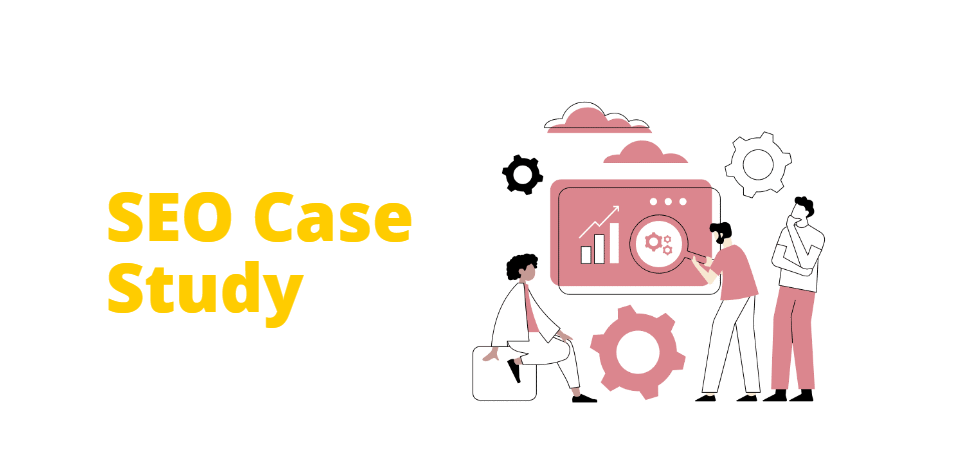
1. Healthcare: Navigating Strict Guidelines
In the healthcare industry, there are strict guidelines around the type of content that can be published. One of our clients, a Sacramento-based medical practice, had to ensure all content was not only SEO-optimized but also compliant with HIPAA regulations. We helped them develop a content strategy that included clear, authoritative information, and focused on long-tail keywords that reflected the specific services they offered. This approach led to a significant increase in organic traffic and improved patient engagement.
2. Real Estate: Leveraging Local Keywords
For a real estate agency, local SEO is crucial. We worked with a Sacramento realtor to optimize their site with local keywords and create area-specific landing pages. This targeted approach helped them rank higher in local searches and attracted more qualified leads. Additionally, by including detailed neighborhood guides and market updates, we were able to establish the agency as a trusted resource in the community, further boosting their SEO.
3. E-commerce: Balancing Product Descriptions with SEO
In the e-commerce space, product descriptions are a key area for on-page SEO. We assisted a local online retailer in rewriting their product descriptions to be both user-friendly and SEO-rich. By including relevant keywords, optimizing images, and ensuring that the content was unique, we helped them increase their visibility in search engines, leading to a 40% rise in online sales.
4. Legal: Enhancing Content Authority
For a law firm, content authority is paramount. We worked with a Sacramento-based law firm to enhance their content by adding more detailed, keyword-rich articles on various legal topics. By doing so, we not only improved their rankings but also increased their credibility and authority in the eyes of potential clients.
5. Hospitality: Optimizing for Mobile Users
In the hospitality industry, mobile search is particularly important. We helped a boutique hotel in Sacramento optimize their website for mobile users by improving load times, simplifying navigation, and ensuring that all content was easily accessible on smaller screens. This resulted in a significant boost in mobile traffic and an increase in direct bookings through their website.
The Long-Term Impact of On-Page SEO Improvements
One of the most compelling aspects of on-page SEO is its long-term impact. Unlike some marketing strategies that require constant investment, the effects of good on-page SEO can last for years. Let’s look at how some of our clients have benefited from sustained SEO efforts.

1. Building Sustainable Traffic Growth
For a local Sacramento-based restaurant, we implemented a comprehensive on-page SEO strategy that included keyword optimization, content updates, and improved site structure. Over time, these efforts led to a steady increase in organic traffic. Even after we completed our work, the restaurant continued to see growth in traffic and reservations, thanks to the lasting impact of the on-page improvements.
2. Reducing Reliance on Paid Advertising
One of our e-commerce clients initially relied heavily on paid advertising to drive traffic to their site. However, after implementing a robust on-page SEO strategy, they began to see significant organic traffic growth. As a result, they were able to reduce their ad spend while maintaining, and even increasing, their overall sales. This case highlights how investing in on-page SEO can provide long-term cost savings.
3. Establishing Authority and Trust
For a Sacramento-based financial advisor, we focused on creating high-quality, SEO-optimized content that addressed common client concerns. Over time, this content not only improved their search rankings but also helped establish the firm as an authority in the field. Clients began to reference the articles in consultations, demonstrating the trust and credibility the content had built over time.
4. Maintaining Competitive Advantage
In highly competitive industries, maintaining a competitive advantage is crucial. For one of our Sacramento clients in the tech sector, continuous on-page SEO improvements helped them stay ahead of competitors in search rankings. By regularly updating their content, optimizing for new keywords, and improving technical SEO elements, they were able to maintain their leadership position in the market.
5. Enhancing User Engagement and Retention
Finally, on-page SEO isn’t just about attracting new visitors; it’s also about keeping them engaged. For a local non-profit organization, we improved user engagement by optimizing their content and site structure. This not only increased their time-on-site metrics but also led to higher donor retention rates, as visitors were more likely to return and support the cause.
Disclosure: Our blog contains affiliate links to products. We may receive a commission for purchases made through these links. However, this does not impact our reviews and comparisons. We try our best to keep things fair and balanced, in order to help you make the best choice for you.



